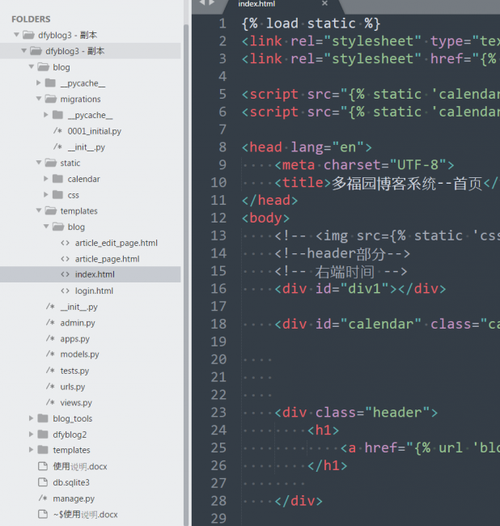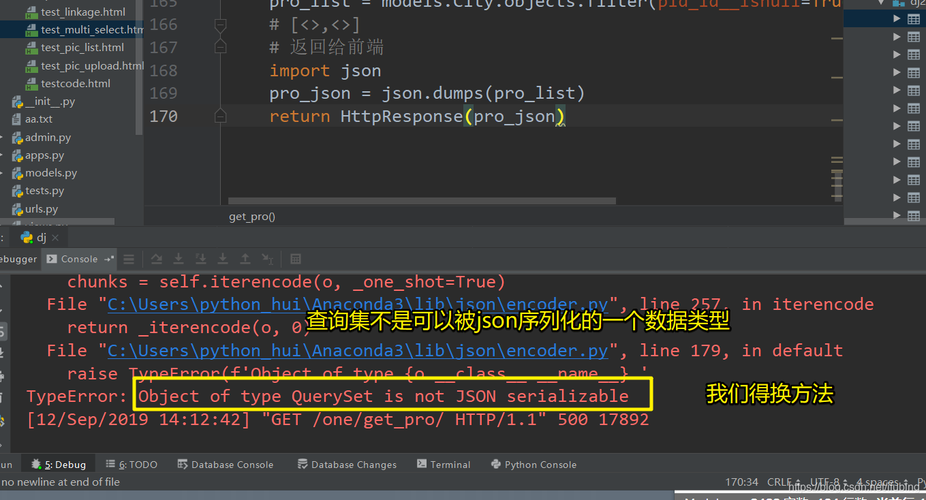GET请求
Jquery代码(调用视图发送邮箱验证码)
$(document).ready(function() {
// 获取发送验证码的按钮
var btn = $('#send_code');
// 设置按钮为禁用状态
btn.prop('disabled', true);
// 监听邮箱输入框的变化
$('#email').on('input', function() {
// 启用按钮
btn.prop('disabled', false);
});
// 点击发送验证码的按钮
btn.click(function() {
// 获取用户输入的邮箱
var email = $('#email').val();
// 发送ajax请求,向邮箱发送验证码
$.ajax({
url: "/user/send_code/", // 根据您的实际情况修改为后端接口地址
data: {'email': email},
type: 'GET',
dataType: 'json',
success: function(data) {
if (data.status === 'success') {
// 发送成功,显示提示信息,禁用按钮,倒计时
btn.text('发送成功');
btn.prop('disabled', true);
var seconds = 60;
var timer = setInterval(function() {
seconds -= 1;
btn.text(seconds + '秒后可重新发送');
if (seconds === 0) {
// 倒计时结束,启用按钮,重置文本
btn.prop('disabled', false);
btn.text('发送验证码');
clearInterval(timer);
}
}, 1000);
} else {
// 发送失败,显示提示信息
btn.text('发送失败,请重试');
}
}
});
// 阻止按钮的默认行为
return false;
});
});
python代码(视图函数,用于产生随机验证码)
def send_code(request):
# 用于创建验证码对象
res = {'status': 'success', 'info': 'ok'}
email = request.GET['email']
code = ''
for i in range(6):
n = random.randint(0, 9)
b = chr(random.randint(65, 90))
s = chr(random.randint(97, 122))
code += str(random.choice([n, b, s]))
mail.send_mail("验证码", code, sender, recipient_list=[email])
checkcode.objects.create(email=email, code=code, create_time=time.time())
return JosnResponse(res)
POST请求
Jquery代码(发送数据验证请求并跳转)
$('#submit').on('click', function() {
const username = $('#username').val();
const password = $('#password').val();
const code = $('#code').val();
const career = $('#careers').val();
const email = $('#email').val();
$.ajax({
url: '/user/register/', // 根据您的实际情况修改为后端接口地址
type: 'POST',
data: JSON.stringify({ username, password, email, career, code }),
contentType: 'application/json',
success: function(data) {
console.log(data); // 在控制台打印出data的内容
if (data.status == 'error') {
alert(data.message); // Display error message
} else {
alert('User registered successfully'); // Show success message
window.location.href = '/index'; // Redirect to another page
}
},
error: function(xhr, status, error) {
console.error('Error during registration:', error);
}
});
return false;
});
python代码(数据校验,数据库存储)
def register(request):
if request.method == 'GET':
return render(request, 'login/register.html')
elif request.method == 'POST':
data = json.loads(request.body)
email = data.get('email')
username = data.get('username')
code = data.get('code')
password = data.get('password')
career = data.get('career')
res = {'status': 'error', 'message': ''}
# 校验用户是否存在
try: # 排除并发写入时引发的索引重复,相同的uesrname插入
old_users = User.objects.filter(email=email)
except Exception as e:
res['message'] = '用户已存在'
return JsonResponse(res)
if old_users:
res['message'] = '用户已存在'
return JsonResponse(res)
# 校验验证码是否过期
codes = checkcode.objects.filter(email=email, is_active=True)
if not codes:
res['message'] = '验证码未发送或失效'
return JsonResponse(res)
sign = False
for real in codes:
real.is_active = False
real.save()
oldtime = float(real.create_time)
if (time.time() - oldtime) 10:
res['message'] = '用户名长度不合法'
return JsonResponse(res)
# 对密码进行哈希存储
pwd = hashlib.md5()
pwd.update(password.encode())
pwd_new = pwd.hexdigest()
User.objects.create(username=username, email=email, password=pwd_new, career=career)
request.session['username'] = username
request.session['email'] = email
res['status'] = 'success'
res['message'] = '注册成功'
return JsonResponse(res)
小结
对于这种有可能需要停留在原页面,保持原有状态的,前端一律采用Jquery能省很多事

(图片来源网络,侵删)
因为常规的视图函数返回结果是HttpResponse或者HttpRedirectResponse
这种响应结果会直接渲染在html页面上,不符合我们的业务逻辑

(图片来源网络,侵删)
视图函数中定义字典,字典类型可以在不报错的情况下转为JsonResponse
而在前端中拿到的响应结果必须是json数据(否则无法进行对data属性的调用),
换言之后端返回的响应体必须是JsonResponse,仅仅用json.dumps(res)还是不够,前端仍然无法调到正确响应结果
对于django中的路由
个人觉得,只要不影响的情况下,想省事一点,对于有访问不到的路由(末尾有无斜杠会导致各种错误的),可以把有斜杠和没有斜杠都写着,那样是最保险的写法,因为完全不需要django帮我们补全末尾斜杠(如果是django帮我们补全的话,访问的时候相当于重定向,如果此时还是post请求,那么会造成数据的丢失)所以在路由这块最好把两种形式都写上









